‘Livable’ Swiss cemetery caters to all faiths
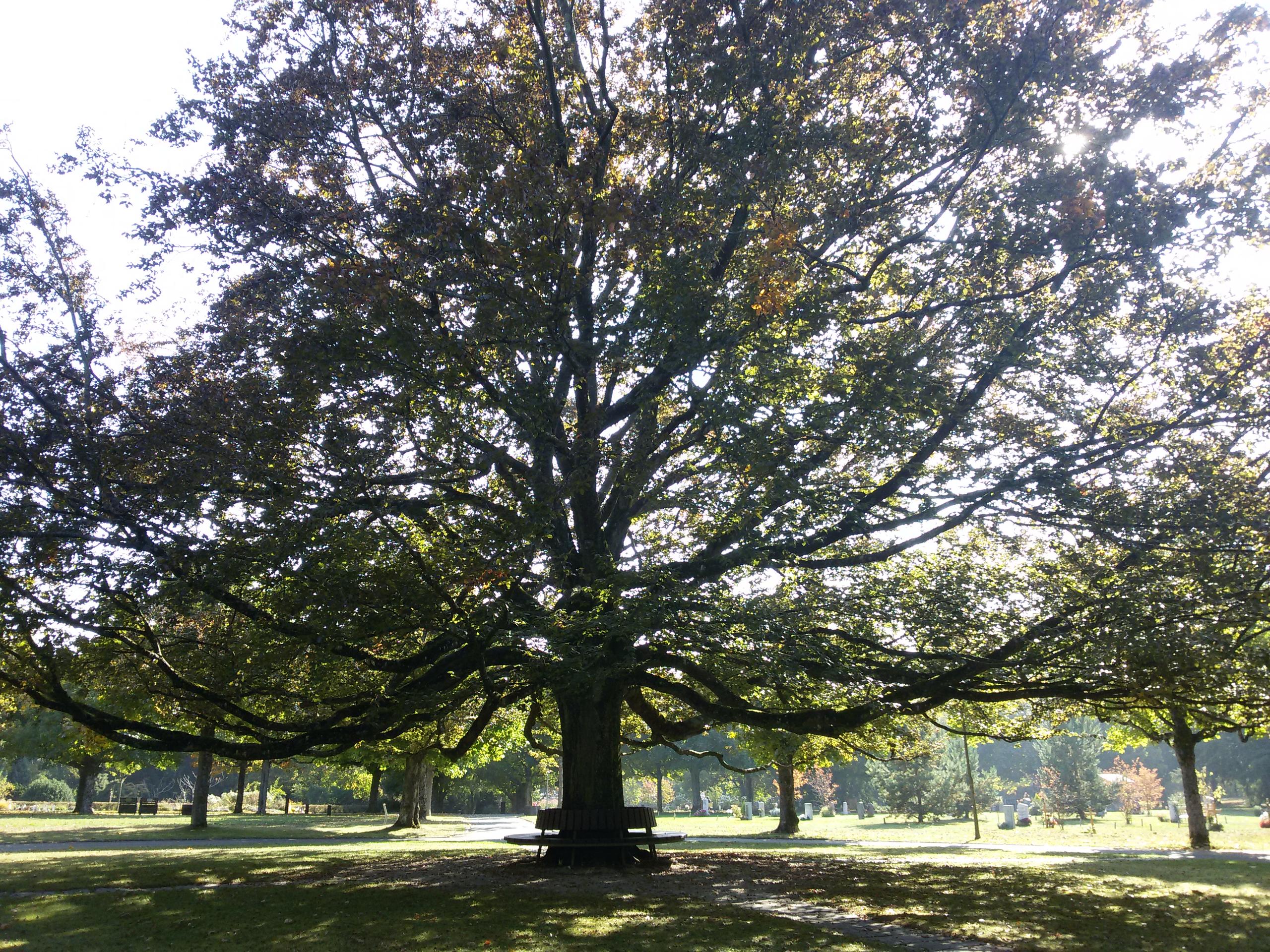
The Bremgarten cemetery in Bern is one of few in Switzerland offering people of diverse world religions and belief systems a final resting place. A tour of the grounds reveals many ways of honouring the dead.
Two Somali boys died in a 2017 electrical accident caused by playing with a hair dryer in the bath. Their burial here should not have been allowed because they live outside the Swiss capital and the Bremgarten cemetary is normally reserved for those within the city limits.
Walter Glauser, who oversees cemeteries in canton Bern, headed to the hospital to personally inform the boys’ parents that a Muslim burial would not be possible.
But on his way there, Glauser realised that he wanted to make a funeral at the Bremgarten cemetery possible for this grief-stricken family. It is the only cemetery in the region where Muslim graves are available, and Glauser found a way around the city rules to make it work.
Meeting requirements
The Muslim burial ground has a noticeably high number of children’s graves. That’s because most Muslim immigrants have their remains repatriated after their deaths and are buried in family graves in their countries of origin. But children and those belonging to the second generation are increasingly buried near where their closest relatives live, in a place compatible with Muslim requirements. Since 2002, the Bremgarten cemetery has been catering to those needs.
The main requirement that the body face the holy city of Mecca is met here. But others, such as the need for an eternal resting place, cannot be fully met because graves in Bern must be replaced after 20 years.
But Glauser has also found a way around that issue. He explains that because remains stay in the ground even when a grave is cleared after 20 years, he was able to promise the Muslim community that those buried in Bremgarten would stay there for as long as the cemetery exists.
“These regulations are now accepted by the Muslim community without problems,” Glauser says. The 60-year-old Bern city native, who describes his work as very fulfilling, knows countless stories about the people buried here and he tells them in such a loving and comforting way that listening to them makes any fear of death give way to optimism.
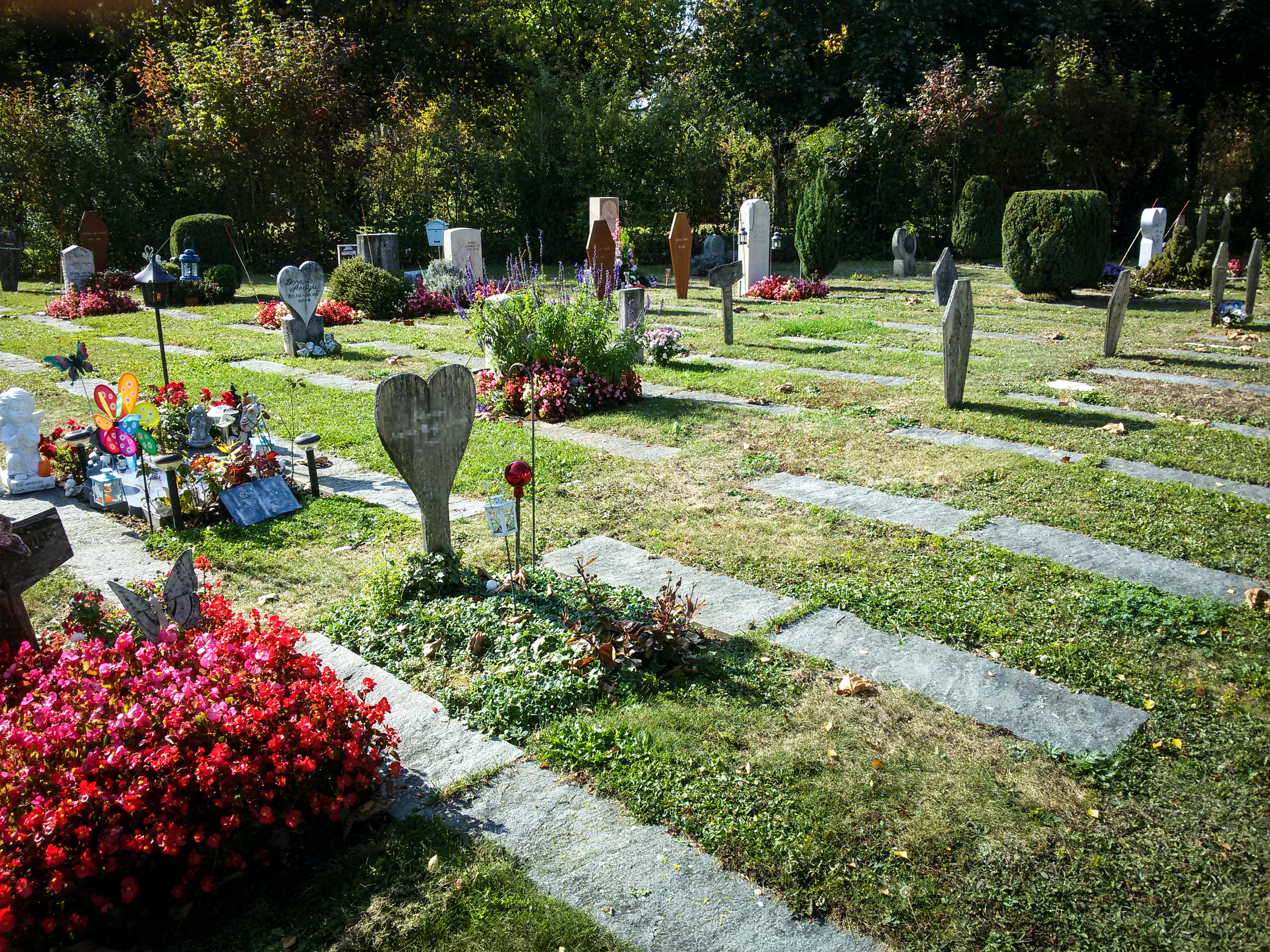
A ‘cemetery for all religions’
Glauser and his team go to great lengths to ensure that the cemetery is, as he puts it, “livable” for everyone. Since June of this year, the “cemetery for all religions” has begun offering Buddhist and Hindu funerals, in addition to Christian and Muslim.
The formerly Catholic chapel for burial services is no longer as heavily used as it once was. About 90% of Christians are cremated today, and Catholics also increasingly choose cremation. So the chapel’s laying-out rooms are now available for Muslim, Hindu and Buddhist funeral rites.
While Christian funeral ceremonies are usually characterised by grief, contemplation and quiet, Hindu and Buddhist ceremonies are mostly colourful and lively. The laying-out is very important in Hinduism and can last up to four days. It is accompanied by relatives and acquaintances who sing, say prayers and conduct special rituals and sacrifices.
“We have to turn off the fire alarms during the ceremonies because they light oil lamps and incense,” says Glauser. Sometimes as many as 500 or 600 people arrive from across Europe for such ceremonies, mostly immigrants from Sri Lanka.
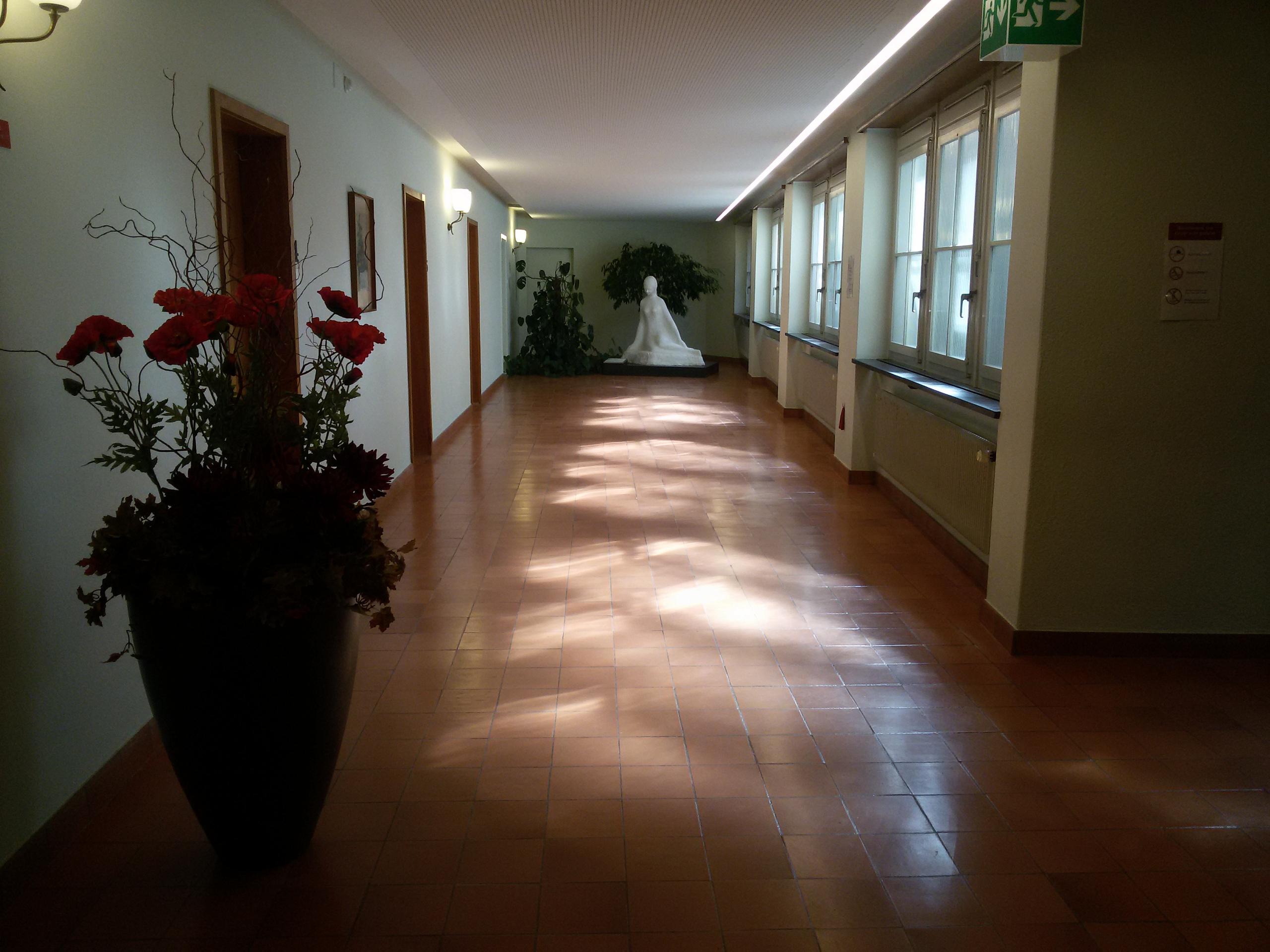
Evolving traditions
Changing funeral traditions are apparent not just among the immigrants, but also among the native population. Bern’s cemeteries have in recent years created spaces for “individual community graves,” or thematic graves for urns. It was Glauser’s response to an increasing number of people who didn’t want to be a burden to anyone after their deaths and rejected the idea of a traditional gravestone with plants.
The themes for the urn burials are “trees”, “shrubs”, “butterfly oasis”, or “roses”.
The latest urn theme is “Buddha’s Garden,” which just opened on June 15. A large statue of Buddha is visible from a distance. Traditionally it would be protected by a roof, but here, a decades-old silver maple tree provides symbolic shelter. There is room for 180 graves in Buddha’s garden. The shelves above the urns create the shape of a lotus flower, a symbol of purity. The area is planted with white flowers.
One of the two people who have so far been laid to rest here has the Swiss name Blunier-Kalbermatten. The gravestone also bears the Buddhist name Zoenzo. The deceased, a woman, was a western Buddhist – one of many who developed an affinity to the religion through meditation or yoga.
Visitors grieving people buried elsewhere in the cemetery are drawn to the garden. The offerings at the foot of the Buddha statue suggest that many have stopped here for a moment of reflection. There are burned candles, sticks of incense, oils or a plastic bottle half full of water. Glauser, who says he has a personal affinity to this religion, hides the spent offerings behind Buddha’s back.

Communal graves
Anyone who doesn’t want to be cremated but wants to be buried in a communal grave is laid to rest on a 500-square-metre natural meadow, which is visibly raised above the cemetery’s lawns. It has no gravestones, no plants, no memorial signs. The only place where family members can engrave the names of the dead or lay down objects is on bare posts, set a little to one side.
Glauser notes with pride that such communal graves for burials only exist in the German city of Hanover, and in Bern.
The cemetery for world religions also offers its funeral services for families of free church believers, agnostics, those who do not belong to any religious denomination, and atheists, Glauser says. He would only set limits if a ritual appeared disrespectful, he says, but this is hardly ever necessary.
Much more often, he says, “we have to help people by telling them what all the possibilities are”.
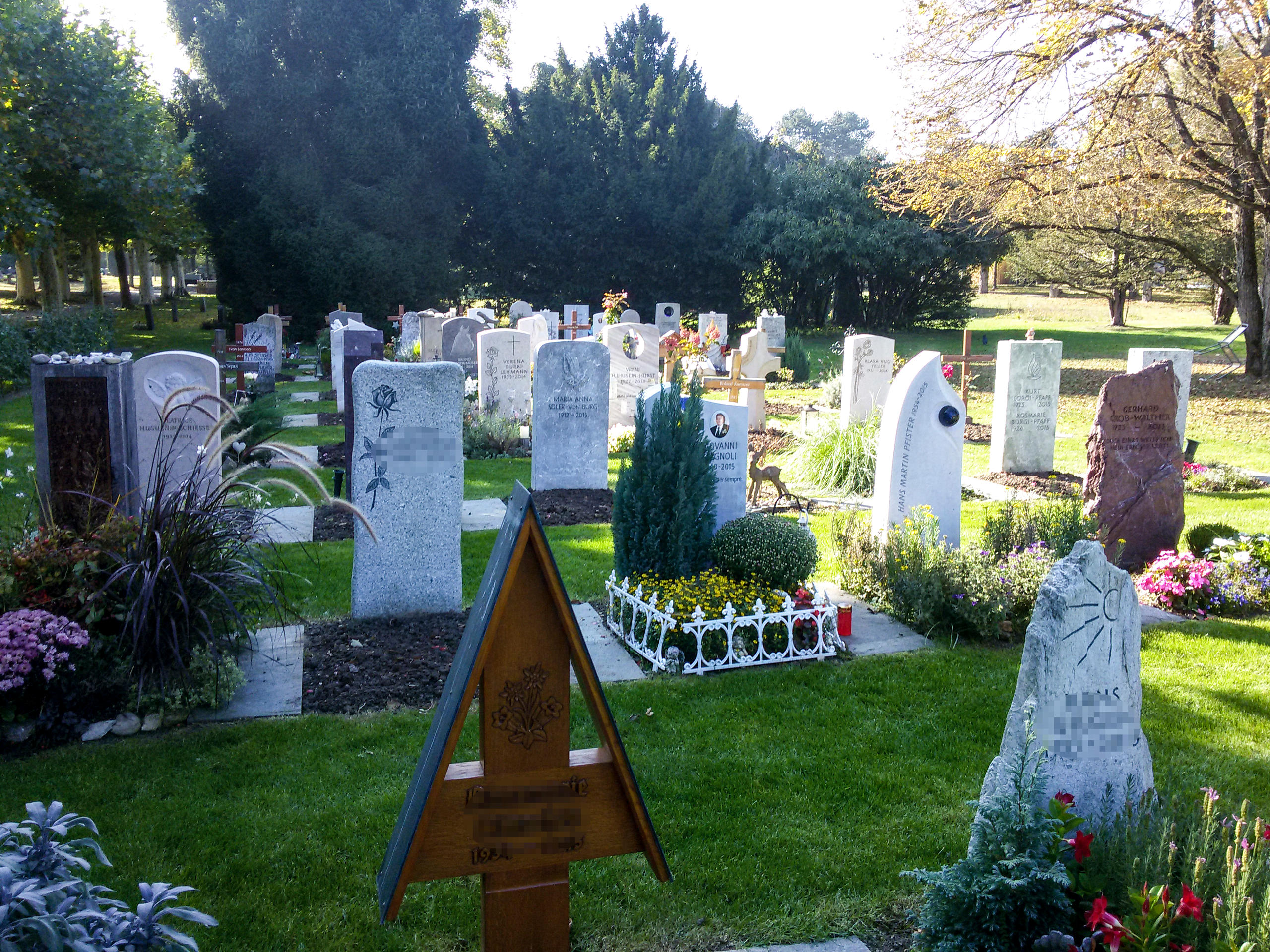
Since 1874, church communities have no longer been responsible for cemeteries – instead, it falls to the state. Since then, everyone has had the right to a dignified burial.
But so far, only a few municipalities offer funeral rites for non-Christian religions.

In compliance with the JTI standards
More: SWI swissinfo.ch certified by the Journalism Trust Initiative











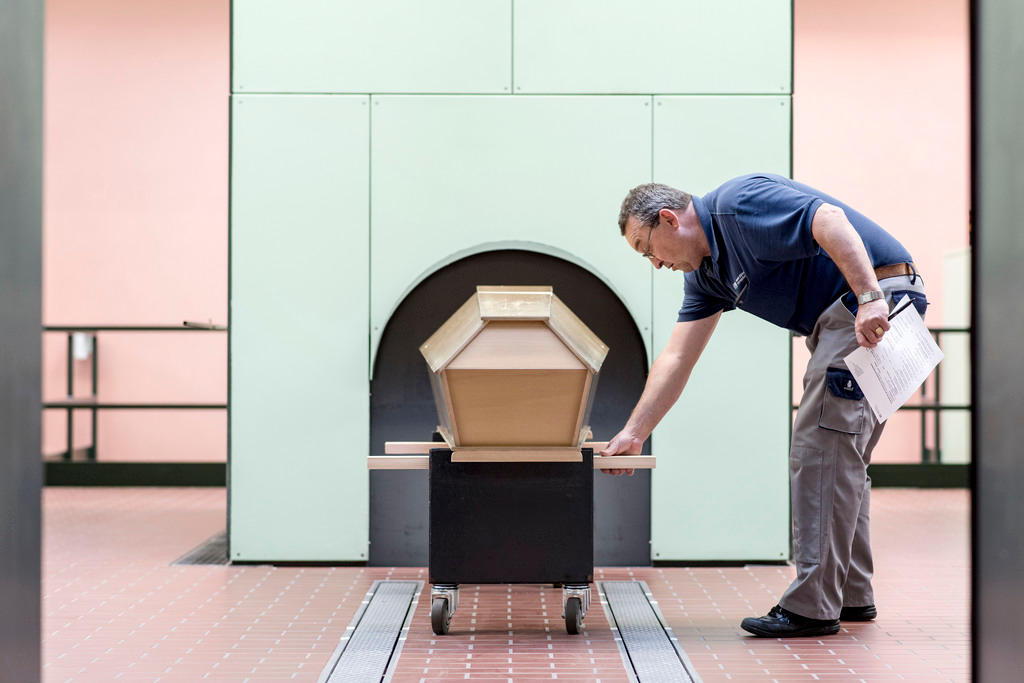
You can find an overview of ongoing debates with our journalists here . Please join us!
If you want to start a conversation about a topic raised in this article or want to report factual errors, email us at english@swissinfo.ch.